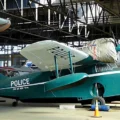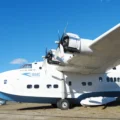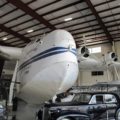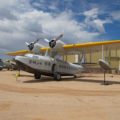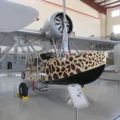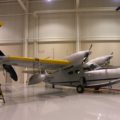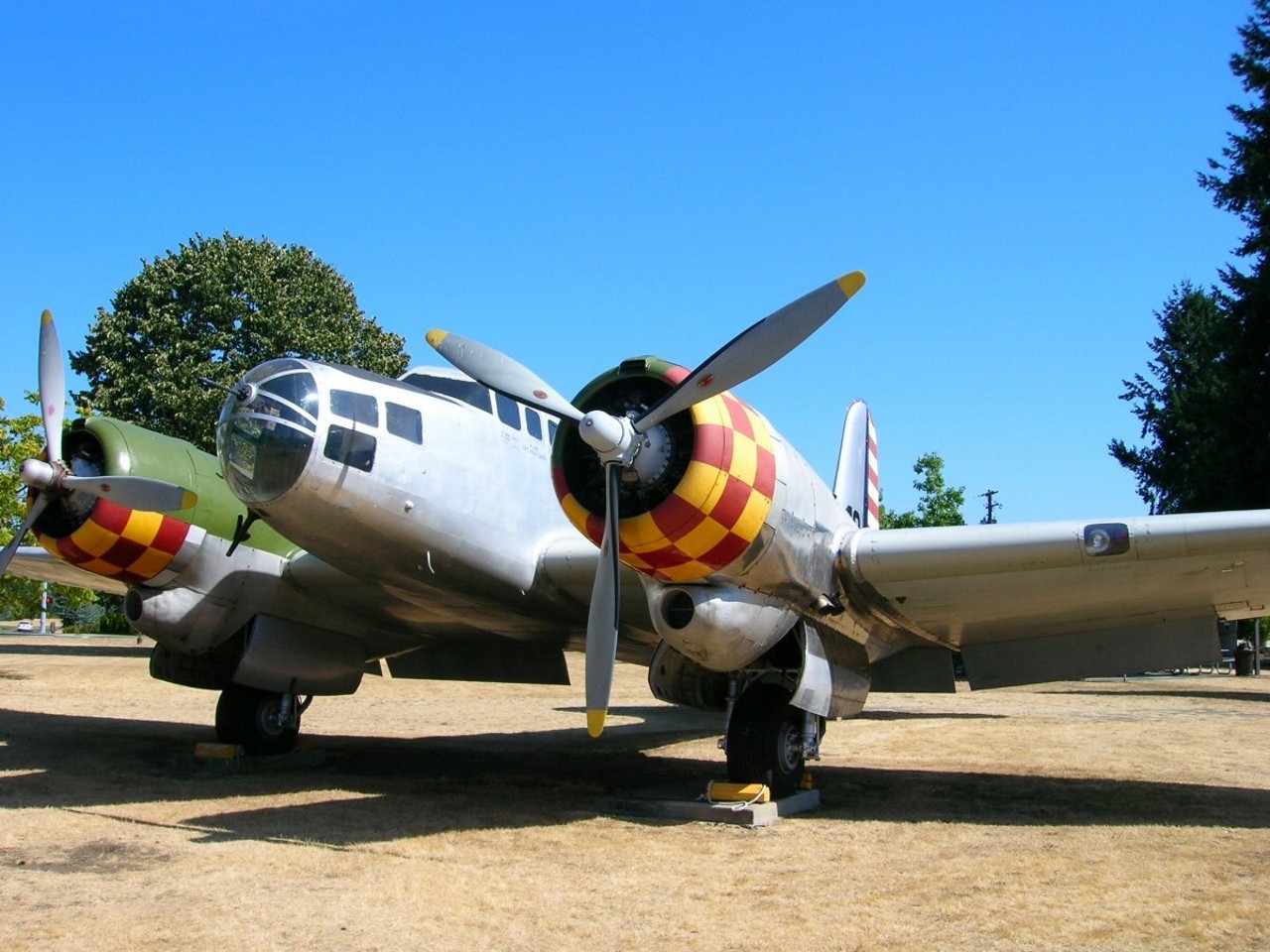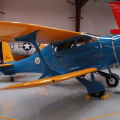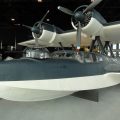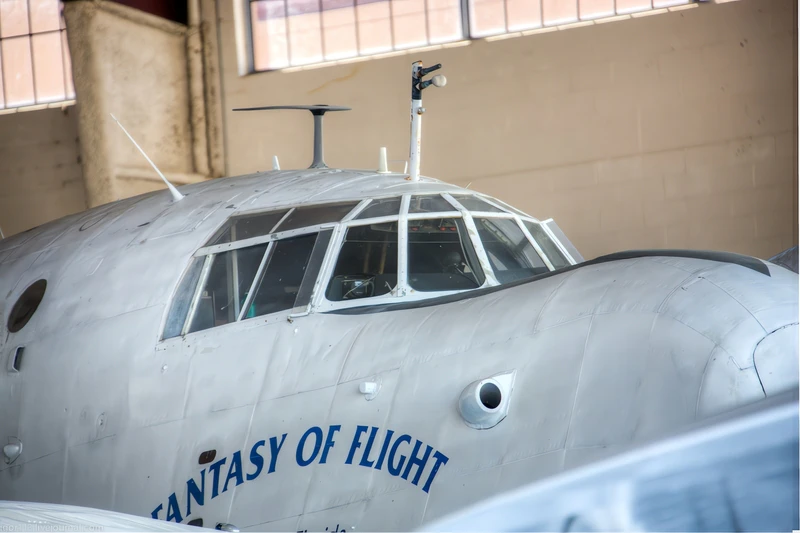
Short Sunderland | |
|---|---|
| Paese | Regno unito |
| Ruolo | Bombardiere militare in idrovolante |
| Primo volo | Il 16 ottobre 1937 |
| Costruito | 749 |
Le Corto S.25 Sunderland was a British flying boat patrol bomber, developed and constructed by Short Brothers for the Royal Air Force (RAF). The aircraft took its service name from the town (latterly, city) and port of Sunderland in North East England. Developed in parallel with the civilian S.23 Empire flying boat, the flagship of Imperial Airways, the Sunderland was developed specifically to conform to the requirements of British Air Ministry Specification R.2/33 for a long-range patrol/reconnaissance flying boat to serve with the Royal Air Force (RAF). As designed, it served as a successor to the earlier Short Sarafand flying boat. Sharing several similarities with the S.23, it featured a more advanced aerodynamic hull and was outfitted with various offensive and defensive armaments, including machine gun turrets, bombs, aerial mines, and depth charges. The Sunderland was powered by four Bristol Pegasus XVIII radial engines and was outfitted with various detection equipment to aid combat operations, including the Leigh searchlight, the ASV Mark II and ASV Mark III radar units, and an astrodome.
| Short Sunderland ML814 A piedi | |
|---|---|
| Fotografo | Igor' Kolokolov |
| Localizzazione | Inconsapevole |
| Foto | 64 |
| Breve passeggiata MR5 di Sunderland | |
|---|---|
| Fotografo | Ondrej Skarka |
| Localizzazione | Inconsapevole |
| Foto | 43 |
Vedi anche:
Le Breve Sunderland was a British flying boat that served as a patrol bomber for the Royal Air Force during the Second World War and beyond. It was developed by Short Brothers, a company that specialized in building large seaplanes. The Sunderland was based on the civilian Short S.23 Empire, but had many modifications to suit its military role. It had a crew of 11 and was armed with several machine guns and bombs or depth charges. It could also carry radar and a searchlight for detecting enemy submarines.
Il Sunderland volò per la prima volta nel 1937 ed entrò in servizio nel 1938. Prende il nome dalla città di Sunderland, nel nord-est dell'Inghilterra, dove sono stati costruiti alcuni degli aerei. Il Sunderland giocò un ruolo vitale nella battaglia dell'Atlantico, dando la caccia agli U-Boot tedeschi e proteggendo i convogli alleati. Operò anche in altri teatri di guerra, come il Mediterraneo e l'Estremo Oriente. Il Sunderland si guadagnò una reputazione di durata e affidabilità tra i suoi equipaggi, che lo soprannominarono il "Porcospino Volante" a causa della sua potenza di fuoco difensiva.
Il Sunderland rimase in servizio con la RAF fino al 1959, rendendolo uno degli aerei militari britannici più longevi. Ha anche visto l'azione nel ponte aereo di Berlino e nella guerra di Corea. Alcuni Sunderland furono convertiti in aerei di linea civili o aerei cargo dopo la guerra, mentre altri furono utilizzati da forze aeree straniere come Australia, Nuova Zelanda, Francia e Portogallo. Un totale di 749 Sunderland sono stati costruiti da Short Brothers e altri appaltatori.
Visualizzazioni : 1104



